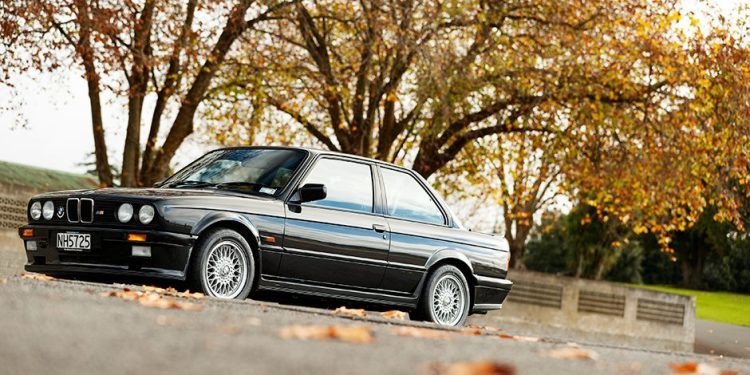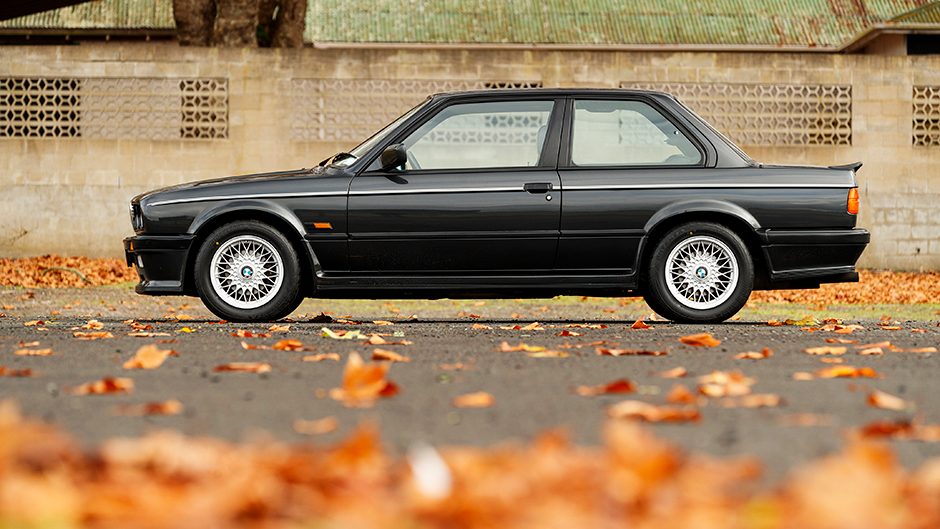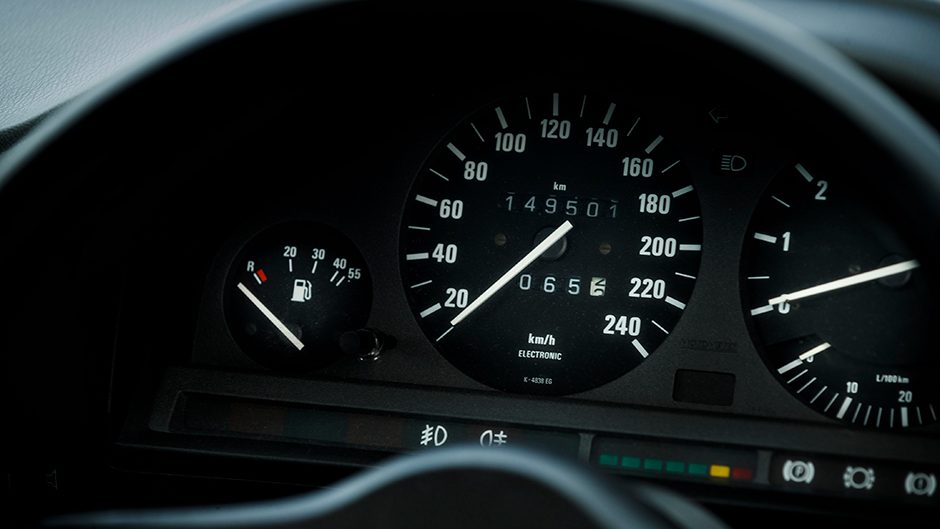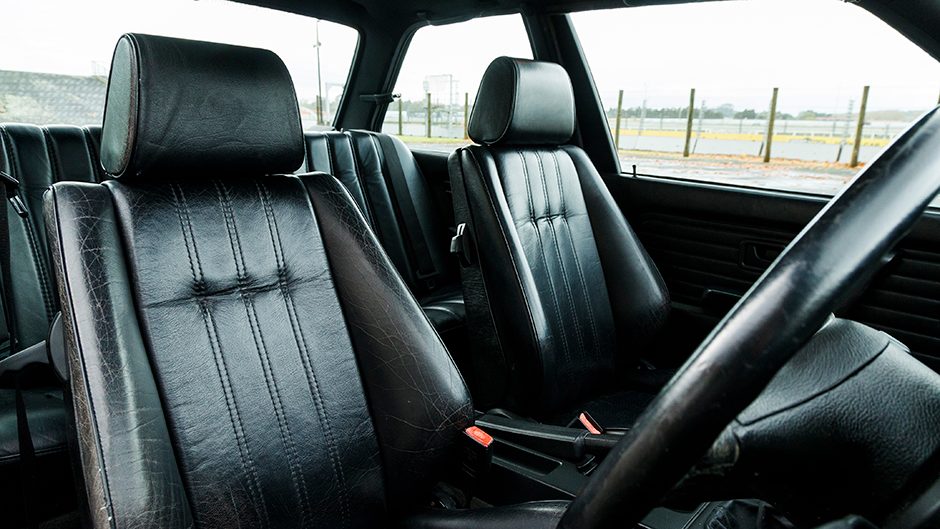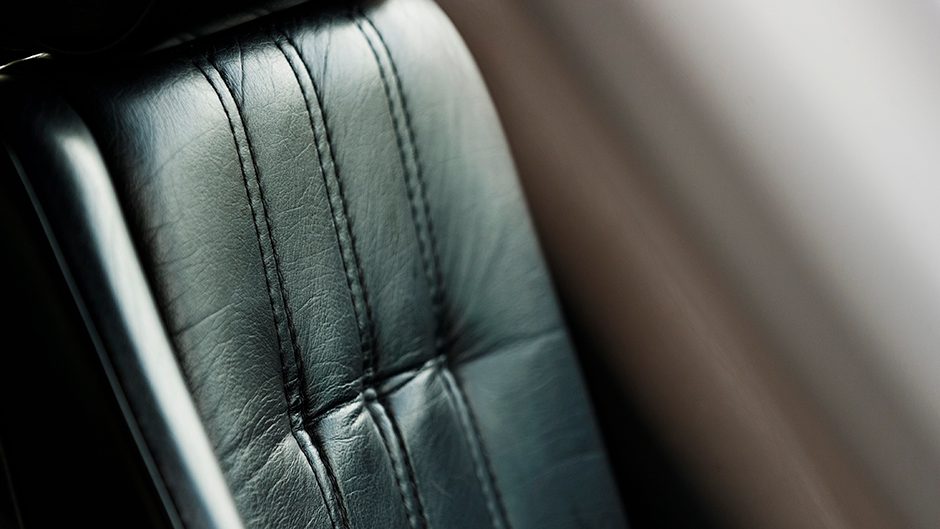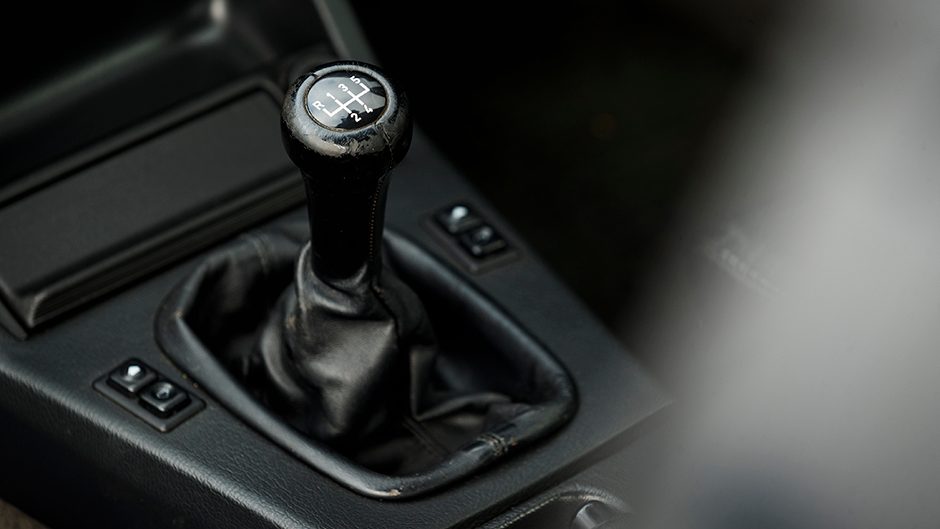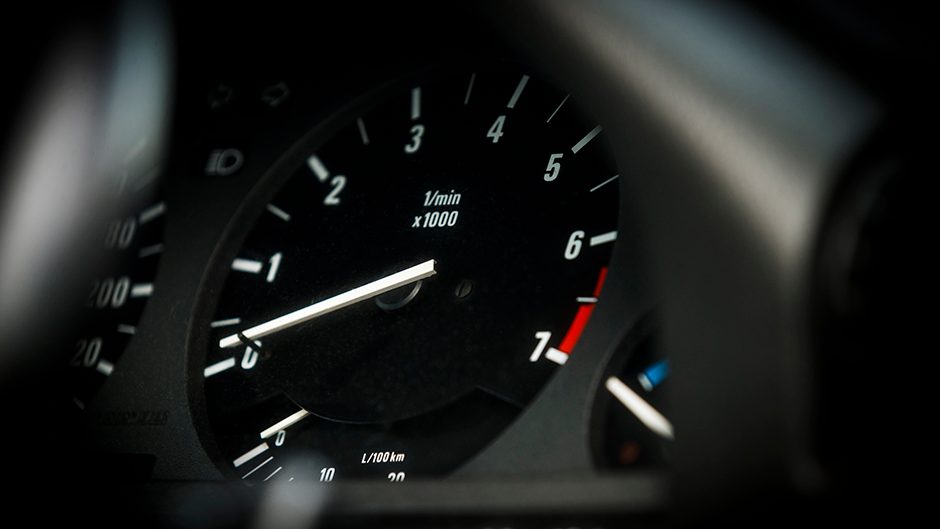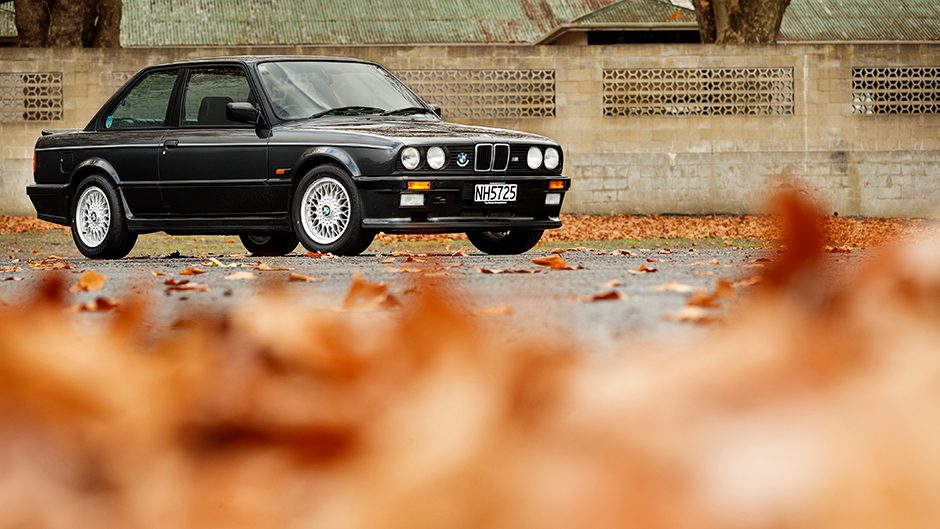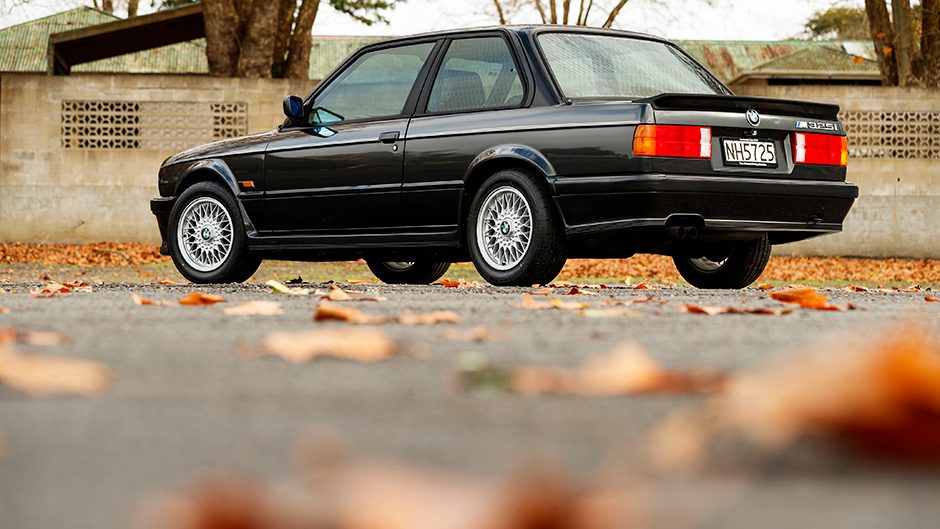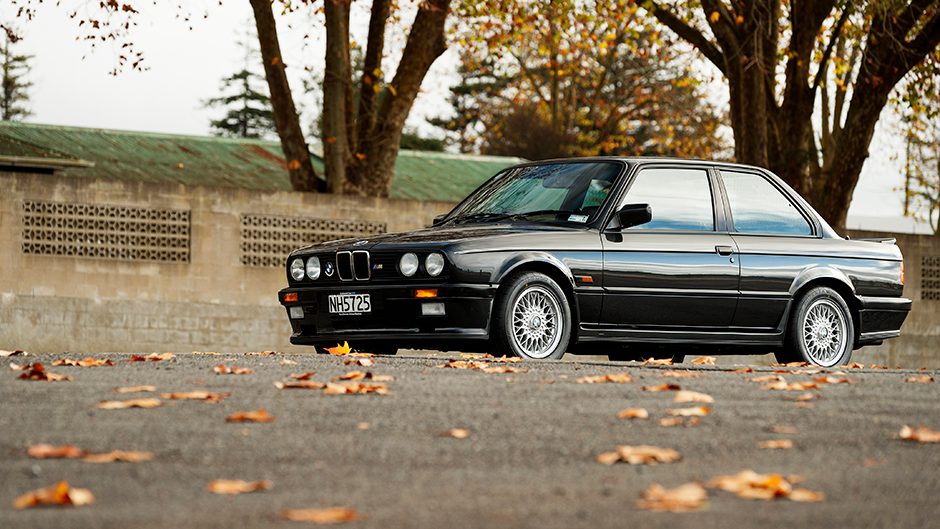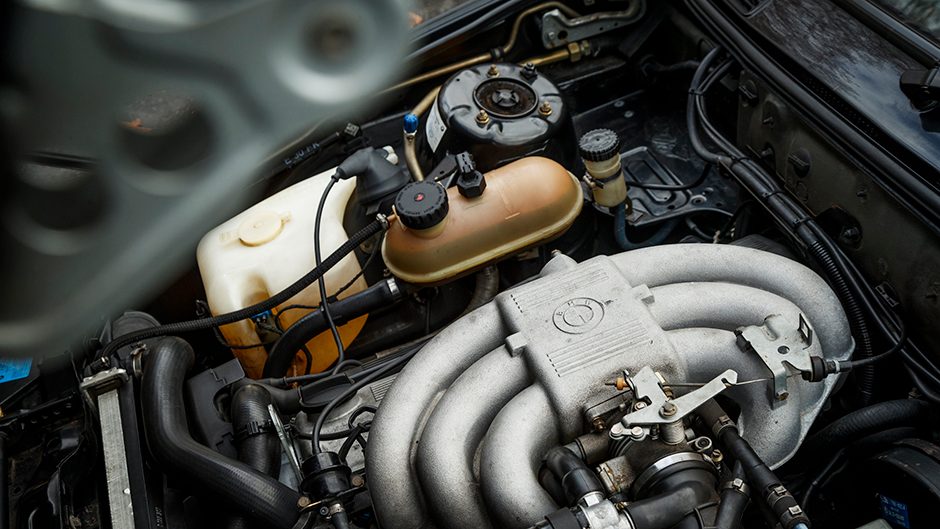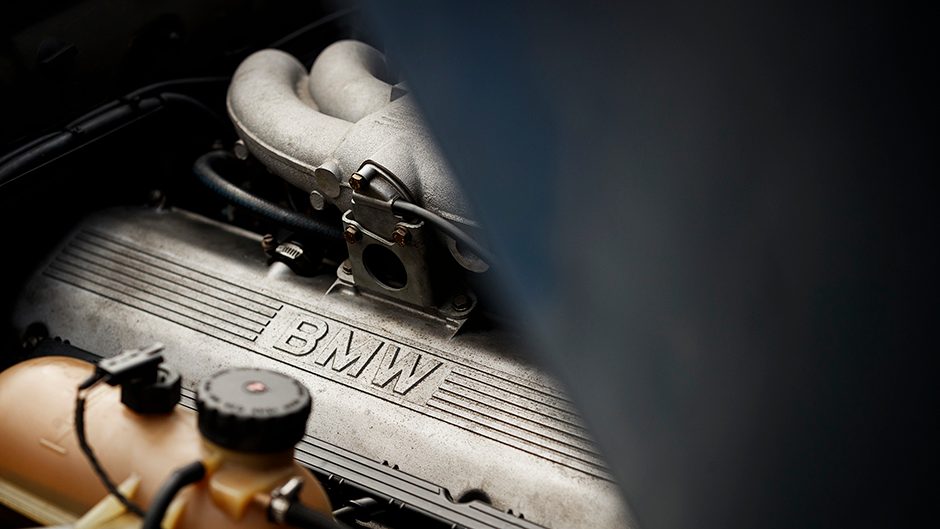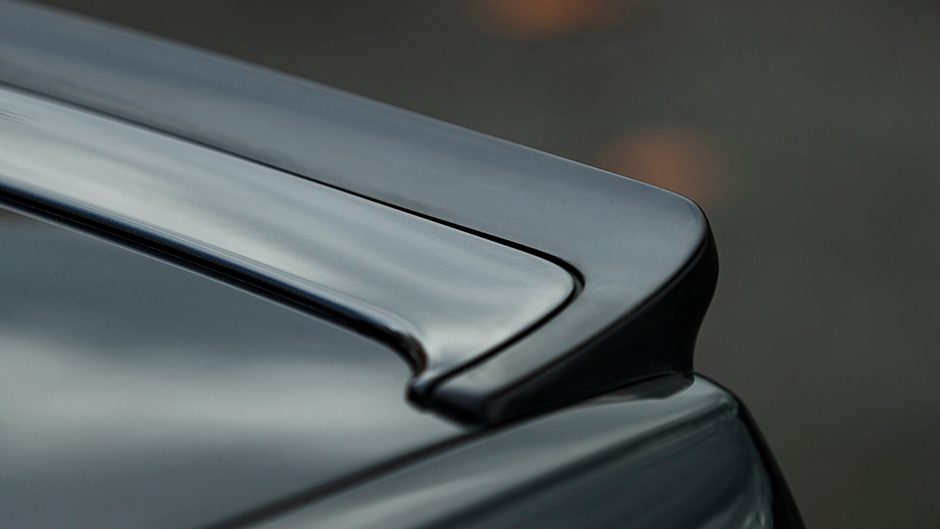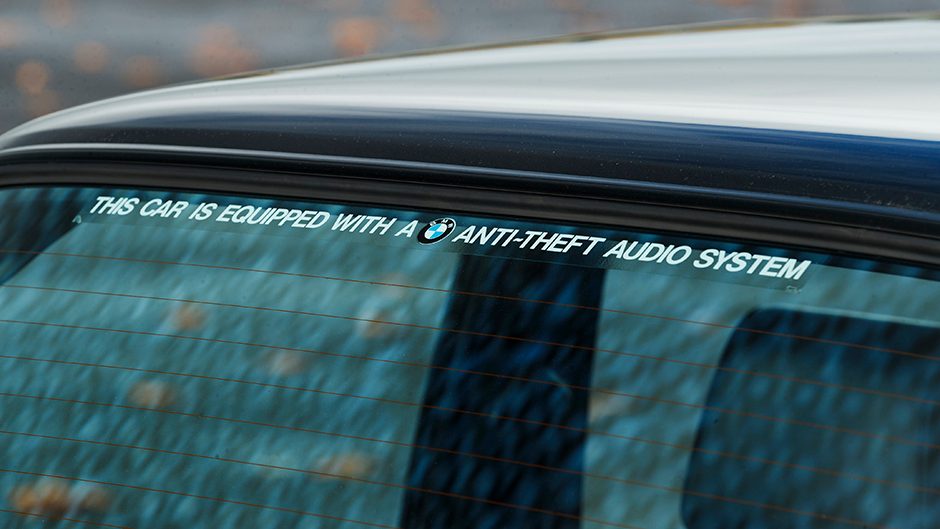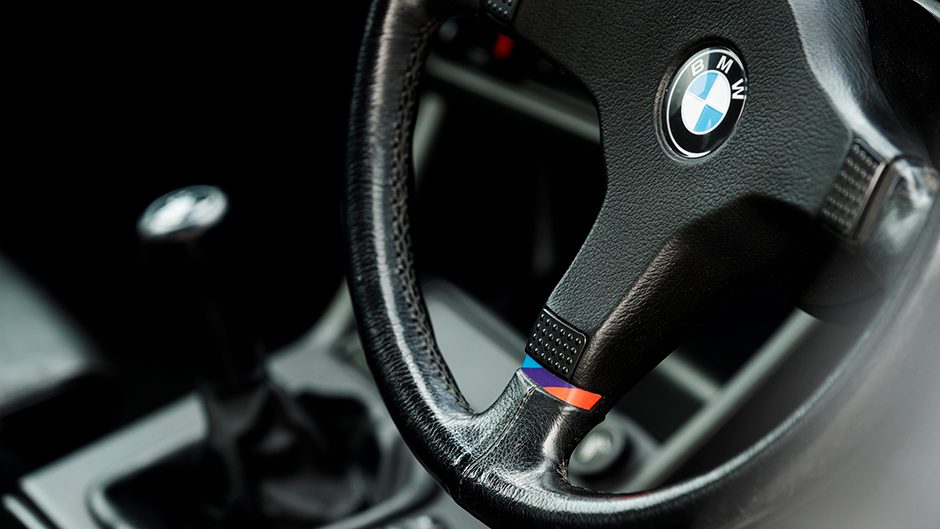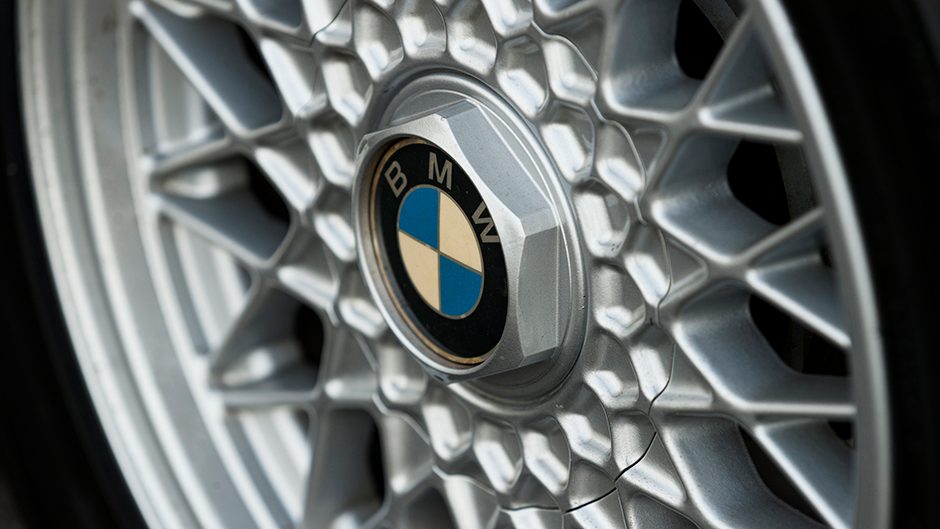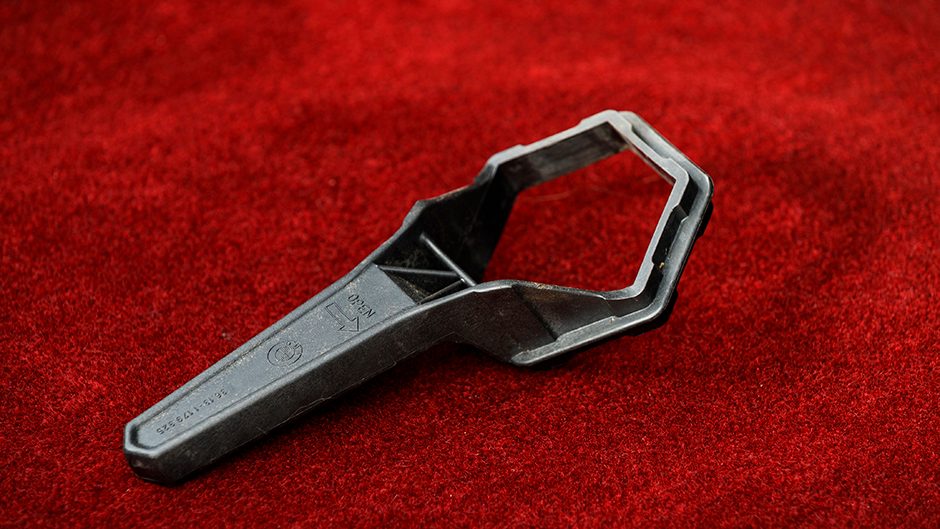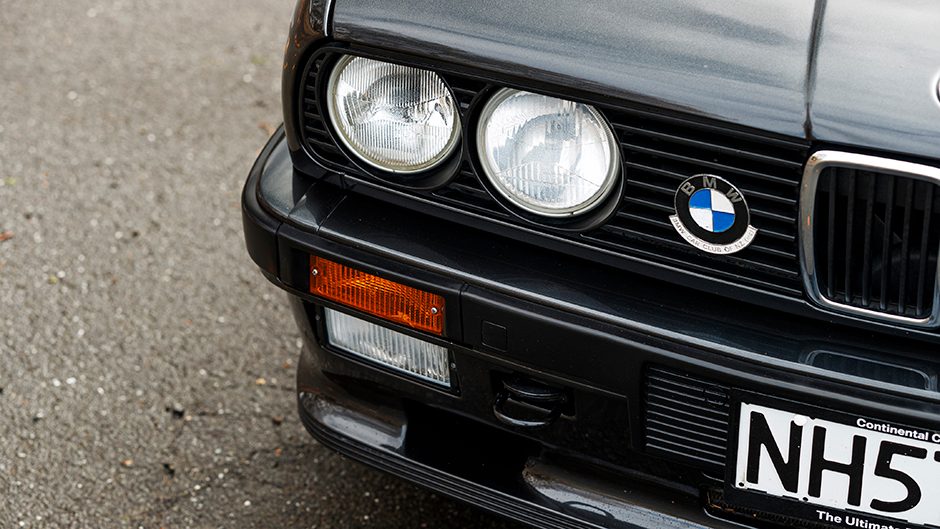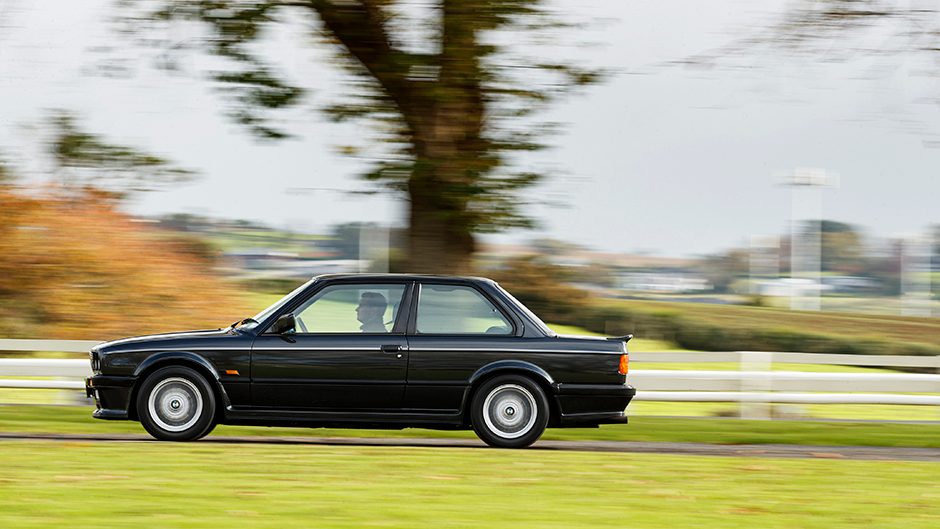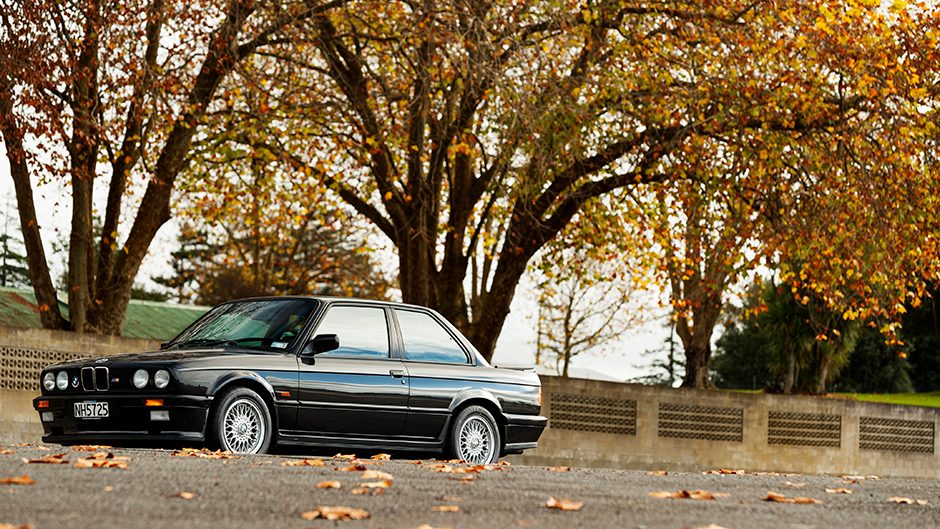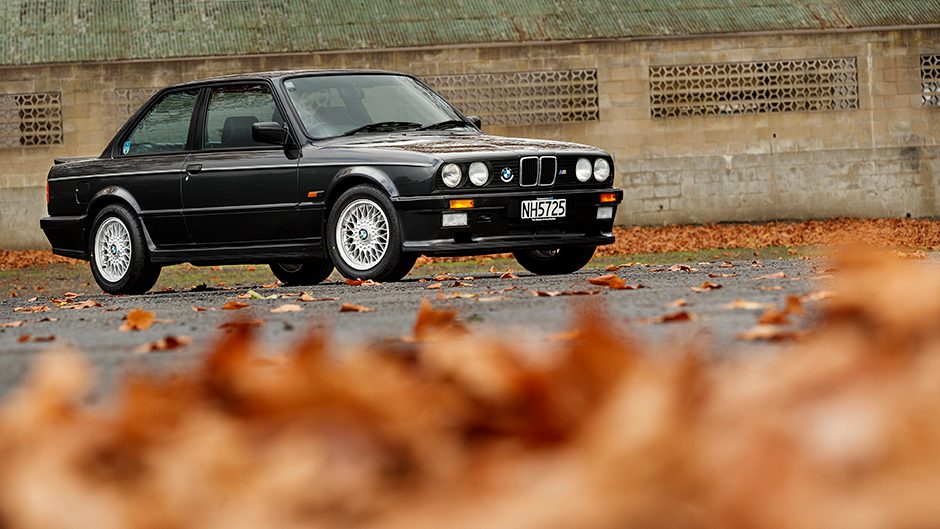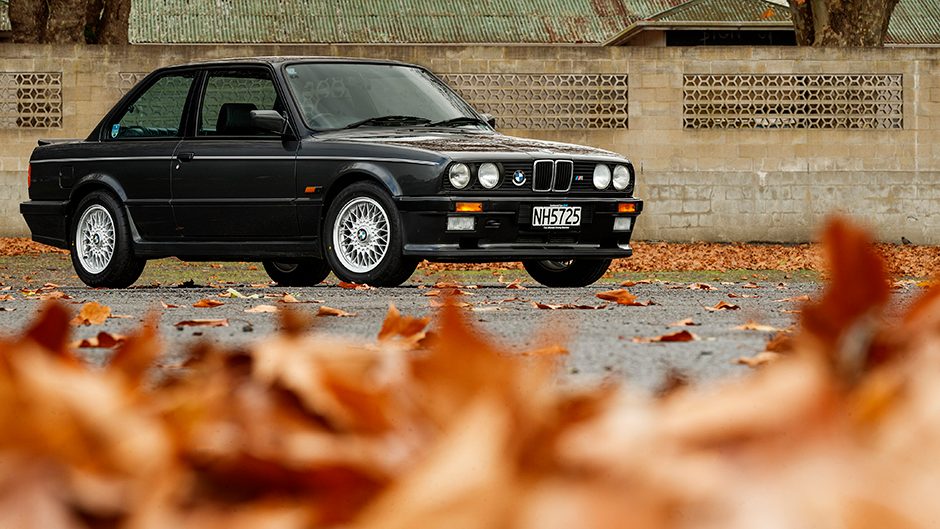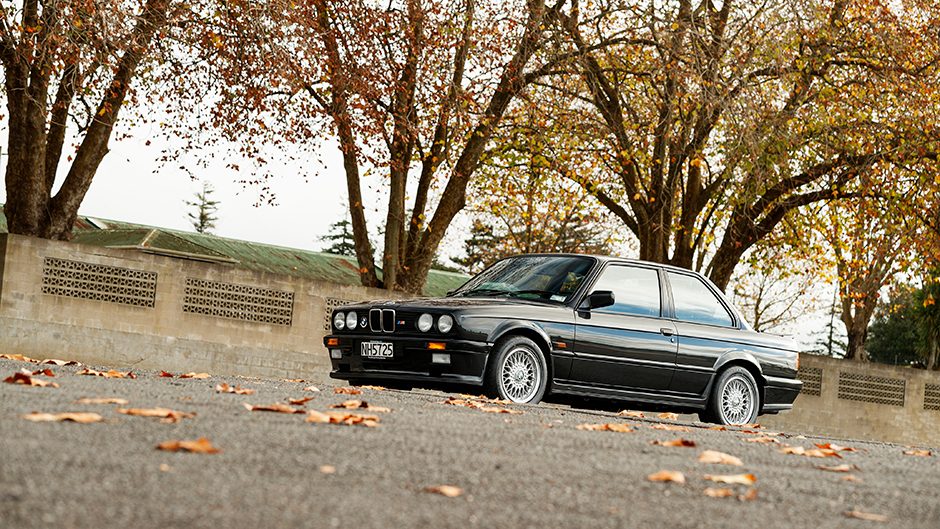1987 BMW M325i
Words Kyle Cassidy | Photos Tom Gasnier
While the M3 hogs the E30 limelight, aficionados know the merit of the M325i. It’s a relative rarity now, and even scarcer when found in top condition. We check out a genuine survivor.
BMW’s most hallowed E30 model is the M3. The four-cylinder wonder is regarded by some as the best of the Group A touring cars, and prices for the rarer Evo models are now in the mesosphere (having surpassed stratospheric money a few years back). Speaking of relative rarities, you can mark down the M325i among those ranks.
The E30 M3 was only ever produced with the steering wheel on the left side of the cabin and, as such, was not offered in many right-hand drive markets, and certainly not ours. In an attempt to bridge the gap to the homologation special M3, BMW concocted an up-specced 325i. This was offered in various markets around the world (and not just those that drive on the left) wearing assorted model designations including the 325i Motorsport, the Sport in the UK, and the M325i here.
While we unearthed evidence of a four-door dresser and 320i versions that were made available in Japan, and a few examples with a four-speed ‘sport auto’, the M325i that was sold here was based on the E30 two-door coupe. It ran a close-ratio five-speed Getrag manual and was fitted with the an LSD (it seems various markets had different final drive ratios). The M20 2.5-litre straight six was left unfettled, but the suspension came in for a rework with different Bilstein shockers, 15mm lowered springs and a thicker rear roll bar to help counter understeer.
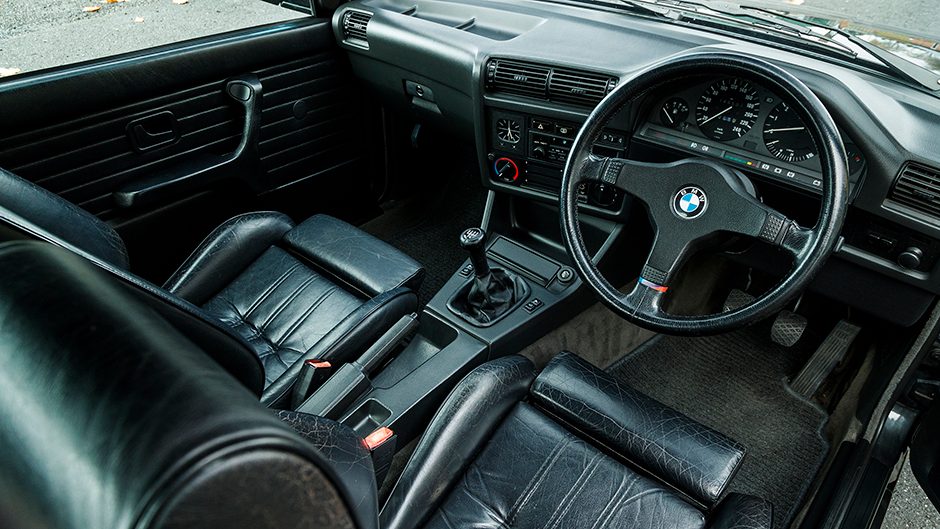
Setting them apart from regular 325is was the aero kit comprising front, side and rear skirts, and a discreet boot lid spoiler. A set of front fog lights featured, as did a shadowline treatment for the door and window trim to eliminate the bling of the usual chrome. The rolling stock were the large-for-1987 15-inch alloys, in the basketweave style.
Inside were sports seats (leather an option, as were a pair of genuine Recaros), a black headliner, and an M Technic leather steering wheel with matching gear knob. Some nicer extras included central locking, tweeter side pods, map light mirrors and an armrest for the back seat. It was the late eighties so bits like electric windows, a sunroof, on-board computer and air con were optional.
Known as the M Tech 1, the first cars appeared in late 1986, and were only made until mid-1987, in quite low volumes too. The facelifted M Tech 2 came along in 1988 and was made in greater numbers. It is most easily identified by its larger rear wing, while the restyled aero kit helped soften the edges of the E30’s eighties styling.
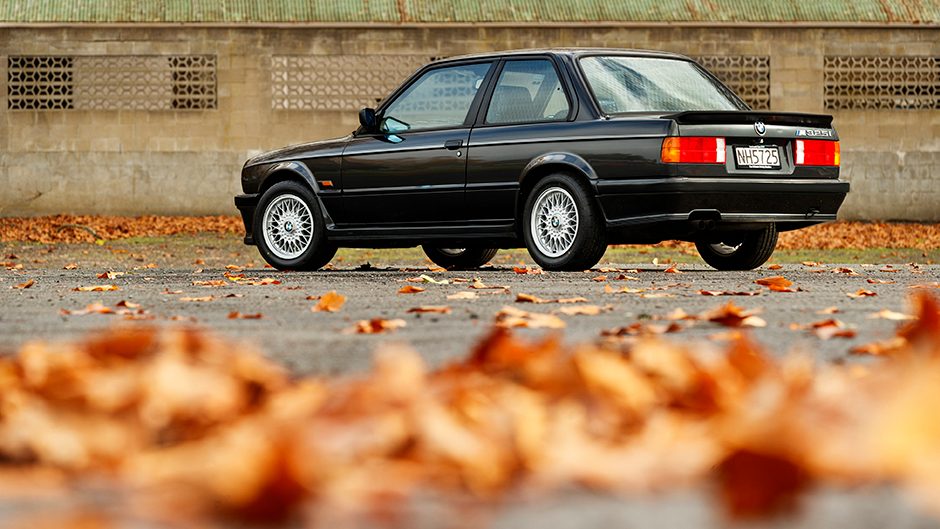
The machine featured is a New Zealand-new car, first registered on the 28th of May, 1987, and only recently changed hands for the first time. The current custodian says he knew the original owner. “He didn’t want to sell it on Trade Me and have people coming around to kick the tyres. He asked me a few years ago if I’d be keen on buying it, and I told him absolutely. He’s in his eighties now and he rang me a month or so ago to say it was time.”
The new owner says he paid the asking price without trying to negotiate. “It’s just so rare to find a car in this condition now. He was the only person that drove it day-to-day; he didn’t let his wife drive it, or his kids.”
And it shows, the condition of this 34-year-old car with some 149,000km on the dial is quite something. Most of the little trim details, like the pinstriping, are still near perfect. There are a few minor blemishes but it’s hard to believe it’s never been resprayed.
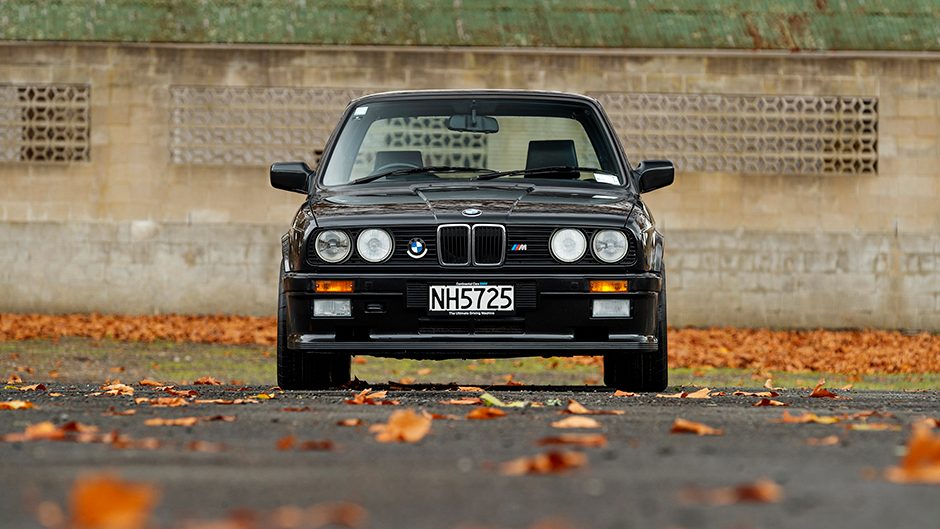
“I’ve had it detailed, we got all the swirls out of the paint and have given it a ceramic coating.” The interior is in top shape too. “The leather I have conditioned to help reinvigorate it, but it hasn’t been restored in any way.” And it’s still in grand condition considering, only some wear on the piping of the bolsters and the usual leather creasing. The carpet is still plush and the rear seat looks like it’s never been used. Pop the boot and you’ll find a tool kit with all of its bits and pieces, including the device to remove the faux centre lock of the alloy wheels. Even in the boot area the plastic trims are largely unscathed, remarkable on a car that has done such mileage. We’d imagine most of these boot bits on other less cherished examples to be smashed or lost years ago.
The engine bay too is well maintained, even bits such as the under-bonnet heat guard are still in great condition. It really is a credit to the original owner and it goes to show that if you look after a car and maintain it fastidiously it can last the distance.
The car has a complete history dossier chock full of paper work, including the original purchase invoice stating a price of $97,000. The service book is filled all the way through, having been looked after at the same dealer throughout its life. It has every WOF sheet and rego label it ever had, and the handbook and the cassette to tell you how to use the tape deck’s anti-theft component.
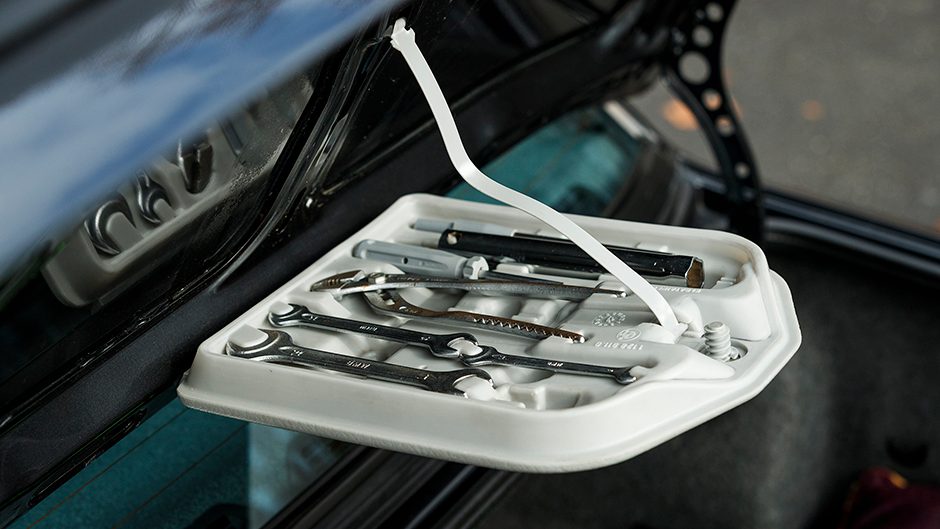
The delight is in the driving of these cars however, with the new owner intending to use the M325i, saying it’s a joy to pilot, being light and well balanced.
And we were privileged to be among the very few to have driven this particular car. The silky BMW six cylinder makes a lovely sound right from the initial start-up. While the clutch has a bit of heft to its action, the steering assistance of the M325i is surprisingly light, almost overly so.
Being naturally aspirated, the action is scant below the three thousand mark, and while it’s not a rapid spinner, the revolutions build in cultured fashion. There’s crisp throttle response once it’s churning and a hearty rasping, whining warble as it pulls through the fives and sixes to the swap point. The change is long of throw but flows rather nicely through the gate before popping into each gear slot.
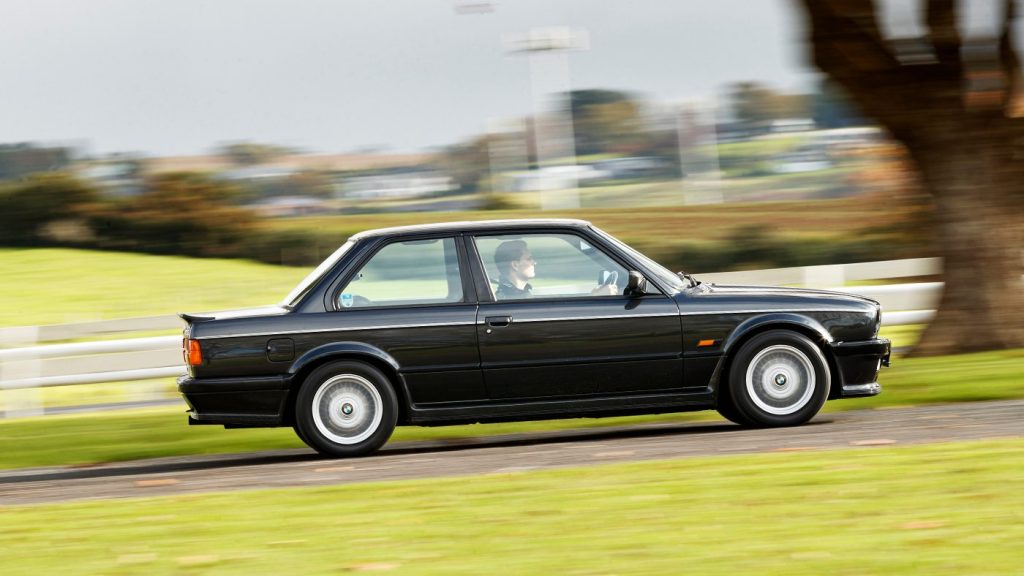
It takes some time to become familiar with the overly assisted steering. Though it’s still tight, with no slack and slop around centre for an old car, it’s got a yawning ratio, with almost four turns lock to lock. It just needs a bit extra on the helm to turn it but with deft balance it points well. And the oversized rim is brimming with feel, most of the road surface changes transferred to your fingertips, despite the degree of assistance.
Another tactile feature is the brake pedal, and while the stroke is quite long it’s easy to haul the car up smoothly, settling it for the corners. It’s calm on the turn with no untoward roll upsetting the rear or much of a tendency to understeer. The chassis control, engine power and tyre grip are well matched. There’s a definite connection to the mechanicals in these older machines that they seem to have engineered out now. There are not the refinement levels of the modern machinery, however, but it still rides pretty well, with only a few of the bumps sending rattles up through the chassis. And it’s not too noisy in terms of road roar or wind rush either.
The new owner is hoping to conquer the survivor class at the Ellerslie Concours event in Auckland next year. He’s tried before with an RX-7, but came second to a Holden he said had been resprayed.
“I think I’ve got a good chance with this. Nothing has been changed on it, or altered. It’s what a survivor car is supposed to be, something original.” We wish him luck.


